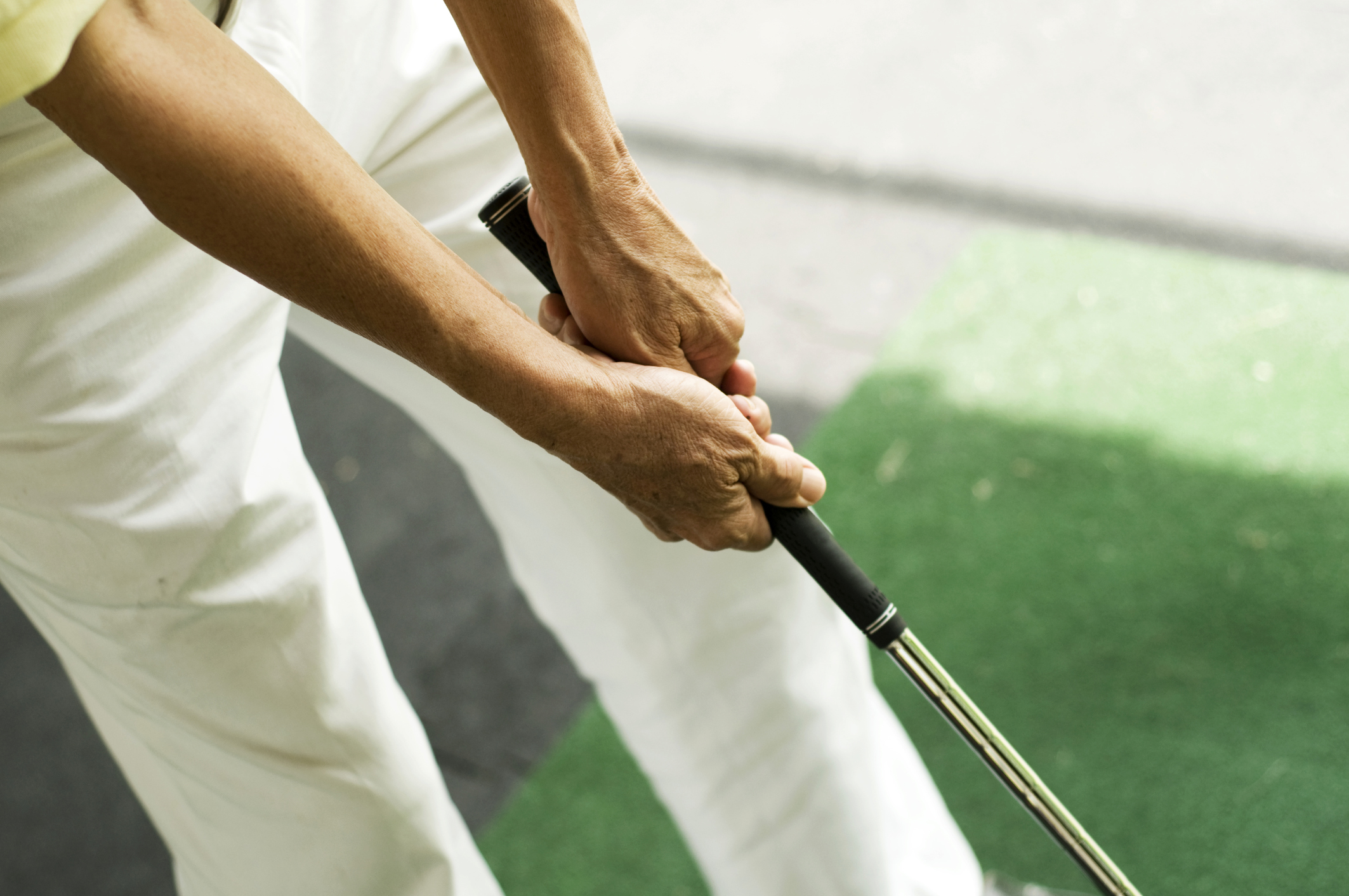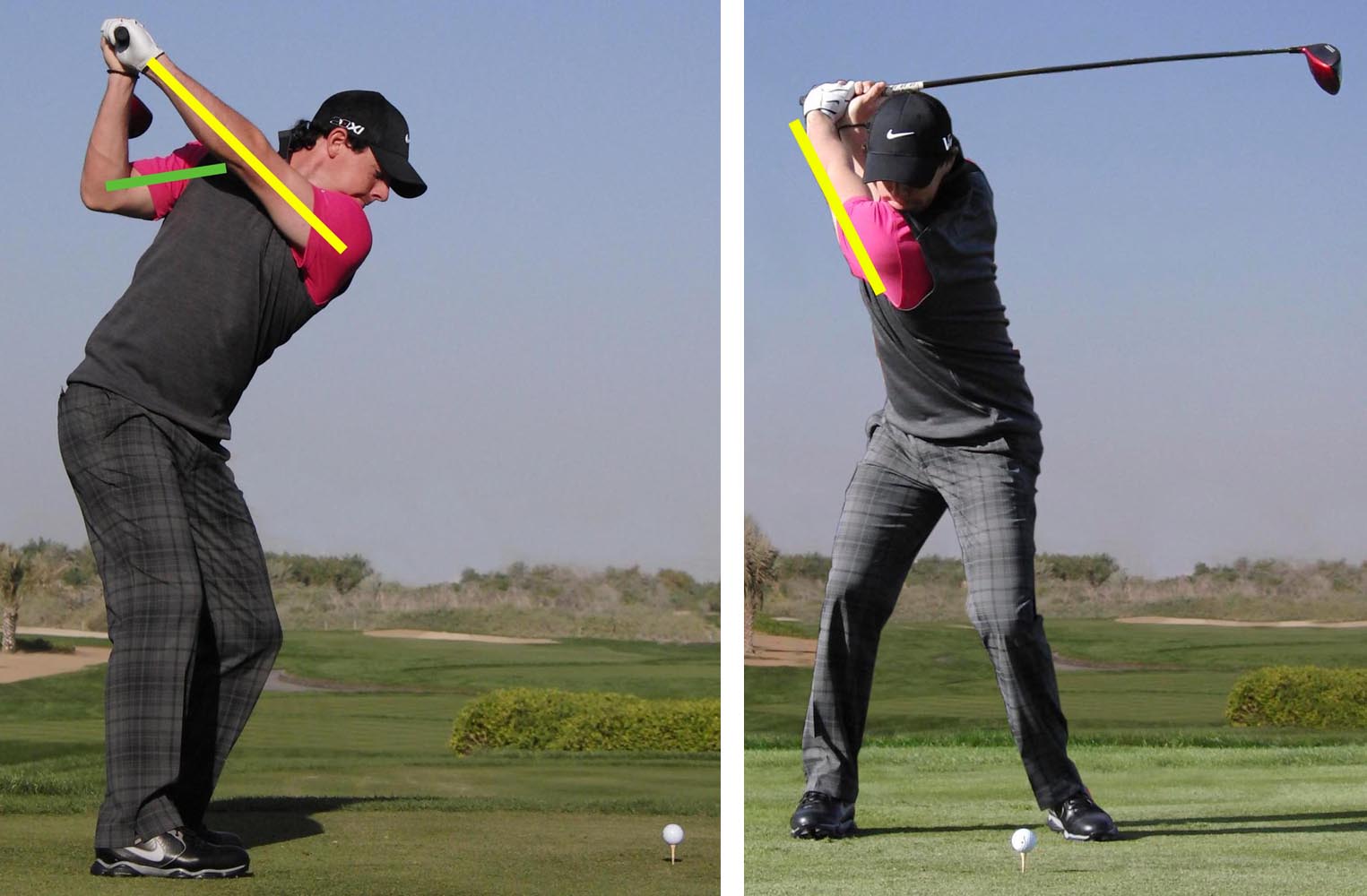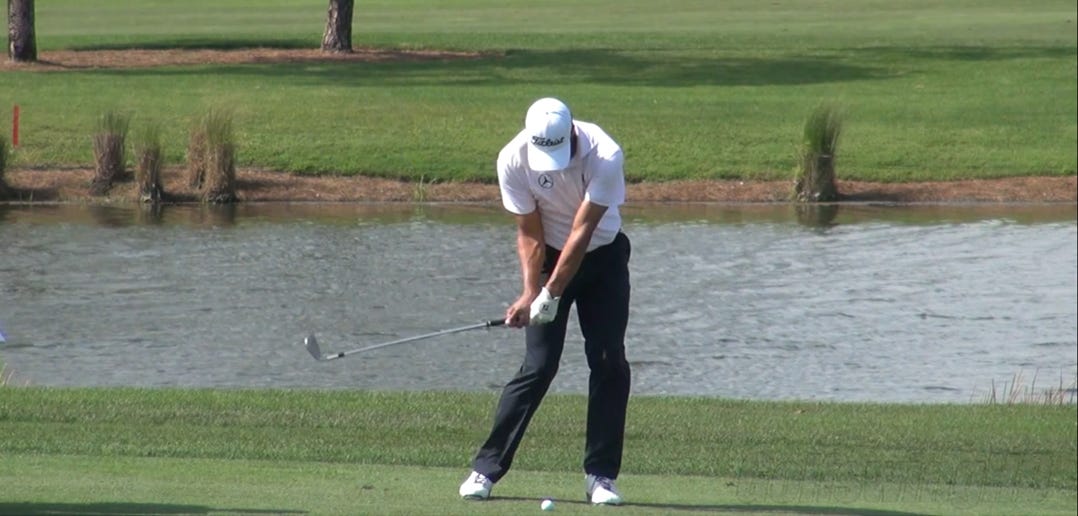Blog
Unlocking 4 Secret to a Perfect Golf Swing
Unlocking 4 Secret to a Perfect Golf Swing is the ultimate quest for every golfer, whether you are a novice trying to break into the sport or an experienced player aiming to refine your skills. Achieving the ideal swing can dramatically improve your game, leading to lower scores and more enjoyment on the course. In this article, we will delve deep into these secrets, exploring not just technique but also the mental aspects of golf that can contribute to a flawless swing.
1. Understanding the Grip
Before diving into the mechanics of a perfect golf swing, it’s essential to discuss the grip – the golfer’s connection to the club. Your grip acts as the bridge between you and your equipment; thus, ensuring it’s correct is crucial for optimal performance.
The Importance of Grip Pressure
Grip pressure significantly influences your swing. Too tight, and you risk tension in your swing, leading to inconsistency. Conversely, too loose can result in a lack of control.
Finding the right balance is key. Aim for a pressure level similar to holding a tube of toothpaste: firm enough to prevent it from slipping, but gentle enough not to squeeze out any paste. A relaxed grip allows for better wrist hinge during the backswing, facilitating a smooth transition through impact.
Types of Grips
Exploring the different types of grips can also enhance your understanding of how to achieve a perfect swing.
- Interlocking Grip – This grip is favored by many professionals. The pinky finger of the trailing hand interlocks with the index finger of the lead hand. It promotes a sense of unity and control, especially for players with smaller hands.
- Overlapping Grip – A common choice among seasoned golfers, the overlapping grip allows the pinky of the trailing hand to sit over the index finger of the lead hand. This grip tends to create a more natural feel for many players, enhancing comfort and stability.
- Baseball Grip – As straightforward as it sounds, this grip involves holding the club like a baseball bat. While it may not be as widely used at the professional level, it can suit beginners who might struggle with more complex grips.
Understanding these options provides a solid foundation for choosing a grip that complements your unique playing style.
>>>Read more: 5 Basic Types of Golf Grips for Beginners
Alignment and Setup
Begin with alignment and setup after establishing your grip. Proper alignment ensures that you’re not only aiming correctly but also setting the stage for a consistent swing path.
Stand behind the ball and visualize a line extending from the target to the ball. Align your feet, hips, and shoulders parallel to this line. This visual aid helps create a proper stance, allowing for a more fluid swing.
Your weight distribution should be balanced, favoring the balls of your feet rather than your heels. This positioning enhances stability and equips you to shift your weight effectively throughout the swing.
2. The Art of the Backswing
With a proper grip established, the next secret to unlocking a perfect golf swing lies in the backswing. This phase of the swing sets everything in motion, so executing it smoothly is critical for achieving distance and accuracy.
The Role of Core Muscles
A significant contributor to a successful backswing is the involvement of core muscles. Engaging your core provides stability and power, allowing for a more controlled and effective swing.
Focus on rotating your torso rather than simply lifting your arms. Imagine your body as a coiled spring; the tighter the coil, the more potential energy you store for the downswing. By involving your core, you enhance both your power and consistency.
Wrist Hinge Mechanics
Wrist hinge is another vital aspect of the backswing. Allowing your wrists to hinge upwards while keeping your grip intact permits a greater range of motion and translates into a more powerful swing.
To practice this, take slow, deliberate swings focusing exclusively on the wrist hinge. Pay attention to how it affects your swing plane. A proper wrist hinge facilitates a more profound impact position, ultimately leading to increased distance and accuracy.
Timing the Transition
Transitioning from your backswing to your downswing requires finesse. This moment is often overlooked but is crucial in maintaining rhythm and power.
As you reach the top of your backswing, pause for a fraction of a second before initiating the downswing. This brief moment allows you to gather your thoughts, visualize your target, and prepare for explosive movement. Rushing through this transition can lead to a loss of balance and timing, which could derail your entire swing.
3. Mastering the Downswing
The downswing is where all the elements of your previous moves come together. As you transition from a coiled position to striking the ball, maintaining focus is essential.
Weight Shift Dynamics
A successful downswing begins with an appropriate weight shift. As you start your downswing, transfer your weight from your back foot to your front foot. This motion aids in generating power while also promoting a downward strike on the ball.
Imagining a pendulum can help visualize this weight shift. As the pendulum swings down, its weight moves gracefully towards the bottom of the arc, creating natural momentum. In golf, this momentum translates into speed and distance.
Hip Rotation
Hip rotation plays a pivotal role in the downswing as well. Initiating the downswing with your hips creates a chain reaction that propels your arms and clubhead through the impact zone.
Concentrate on rotating your hips toward the target without prematurely opening them. A delayed hip rotation maximizes power while allowing for a more extended follow-through. Think of your hips as the main engine driving your swing forward.
Follow-through and Finish
One of the most telling signs of a well-executed swing is the follow-through. A complete follow-through signifies that you’ve maintained balance and tempo throughout your swing. Do not overlook this aspect; a rushed or abrupt finish can indicate flaws in your overall technique.
Aim for a full extension of your arms and a high finish. This position serves as a testament to your swing integrity, portraying confidence and control.
4. The Mental Game of Golf
While technical skills are indispensable for unlocking the secrets to a perfect golf swing, the mental aspect of the game often determines success on the course.
Visualization Techniques
One of the most effective mental strategies is visualization. Before stepping up to the tee, picture your desired shot in your mind’s eye. Envision the trajectory of the ball, how it interacts with the environment, and ultimately, where it lands.
This technique is not merely about imagining outcomes; it reinforces muscle memory and primes your brain for execution. Regular practice of visualization can build mental resilience and boost your confidence.
Staying Present
Golf is as much a mental battle as it is a physical one. Focusing on the present moment can alleviate anxiety related to past mistakes or future outcomes. Techniques such as mindfulness and deep breathing can center your thoughts, bringing clarity to your golf game.
By being wholly engaged in the current shot, you can access your instincts and intuition, enabling you to trust your training and instincts.
Building Confidence Through Practice
Practice is essential. However, it’s not just about quantity; quality matters too. Focus on deliberate practice sessions that emphasize the four secrets discussed above. Set achievable goals, track your progress, and celebrate small victories along the way.
By cultivating a growth mindset, you can reshape your self-talk and approach challenges with a positive outlook. Building confidence through mental conditioning can lead to improved performance on the course, making each round more enjoyable.
FAQs
What is the most important aspect of a perfect golf swing?
The most crucial aspect is undoubtedly the grip. Without a proper grip, you risk losing control over the club, which can negatively affect your entire swing.
How can I improve my backswing?
Focusing on core engagement and wrist hinge mechanics can enhance your backswing. Additionally, practicing with slow movements can help you develop muscle memory for a consistent backswing.
Is there a specific grip type recommended for beginners?
The baseball grip is often suggested for beginners since it feels natural and allows for more comfortable handling of the club. Once they gain experience, they can explore other grip types.
How does mental conditioning play a role in golf performance?
Mental conditioning helps reduce anxiety, maintain focus, and build confidence. Visualization techniques and mindfulness can improve your ability to stay present during the game.
How often should I practice to see improvement?
Consistency is key. Regular practice sessions focusing on the different aspects of your swing—such as grip, backswing, and follow-through—will yield better results over time.
Conclusion
Unlocking 4 Secret to a Perfect Golf Swing encompasses both the physical and mental components of golf. By mastering your grip, backswing, downswing, and mental approach, you equip yourself with the tools necessary to enhance your game. Remember, golf is as much about patience and perseverance as it is about technique. Embrace the journey, and you’ll soon find that a perfect swing is within your reach. With dedication and practice, you’ll discover that the secrets to your best game lie not just in your swing, but in every aspect of your golfing experience. Happy swinging!




